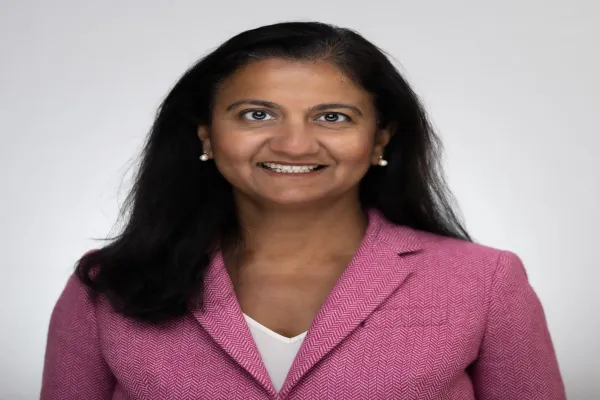Should private wealth advisers look to the investing strategies of endowments, foundations and pension funds and adapt them for their retail clients? Some advisers are inclined to say yes. Others, however, warn that investing goals can vary sharply between individuals and institutions and that strategies from the institutional world, if they are to be adopted successfully, must be suited to the goals of the retail investor.
Interest in the strategies of institutions rests in part on their presumed advantage in research and analysis and ability to be ahead of the pack. “I want to know where the smart money is going,” says Adam Thomas, a senior adviser with UBS Wealth Management in Atlanta. He thinks he can do a better job for his clients if he knows more about the fund flows and strategies of institutional investors.
Thomas cites his recent challenge in picking an unconstrained bond fund as an example of why he wants to expand the choices he can make for his clients. Thomas looked at the performance of unconstrained bond funds offered to retail investors by some of the largest asset management firms and was not completely satisfied with the choices. “They are all down in the middle of the pack on performance,” he says. “I don’t feel like I’m getting access to all of the options available or know where institutional money is moving.”
So it was hardly a surprise that Thomas, when offered, took the opportunity to participate in the beta testing of a new investment tool called SmartVision Analytics from eVestment, a Marietta, Georgia, data firm that tracks the performance of 62,000 fund managers. After participating in a 90-day trial, Thomas hopes UBS will see the value in this “fantastic” tool and provide SmartVision Analytics to all its advisers. The tool has made it possible for him to learn about funds from around the world and allows him to dive down into the holdings of a given unconstrained bond fund.
eVestment is hoping that SmartVision, its first product offering to retail investors and their advisers, will catch on. The company argues that most of the tools financial advisers use track only retail investment data, like mutual funds and exchange-traded funds. “Investors are being told only half the story. They don’t have access to smart institutional money that’s actually moving the markets,” says Larry Shumbres, vice president of SmartVision at eVestment.
Adopting institutional approaches, however, is not always the right choice for retail advisers and their clients, according to Lisa Shalett, head of investment and portfolio solutions at Morgan Stanley Wealth Management in New York. In fact, retail financial advisers have become too institutional in their approach to investing client funds, she contends, resorting to creating sophisticated portfolios with complex asset allocations and measuring performance with institutional benchmarks.
Shalett says that it is time to return to an approach that is more like the absolute-return strategy of the early days of the private wealth management business in the 1970s and ’80s, when the relationship between advisers and clients was geared more to offering great moneymaking ideas. “Clients say, ‘I really need to get 3 or 4 percent return to fund my life.’ They don’t care about the S&P 500,” says Shalett.
To shift the focus back to the individual investor, Morgan Stanley’s global investment committee in mid-August rolled out a new asset allocation model for its 16,000 financial advisers. The firm asks clients for their investment time horizon, their overall risk tolerance, their saving rate, the rate at which they expect to spend and whether or not the client anticipates having a legacy to bequeath to heirs. From there, it computes a rate of return the investments must earn and creates a portfolio to achieve that return.
And not everyone accepts the notion that it’s a good idea to jump on the bandwagon after institutional investors have taken the lead. “In my opinion, when everyone moves on an idea, it’s too late,” says Stuart Greenfield, a partner of Greenfield Seitz Capital Management in Dallas, which operates as a retirement investment adviser with Raymond James as its custodian. Greenfield Seitz has both institutional and individual investors in its $314 million Greenfield Seitz Capital Global Large-Cap Fund. Greenfield would rather not rely on the research of others, including institutional investors. “I prefer to do my own research,” he says.





